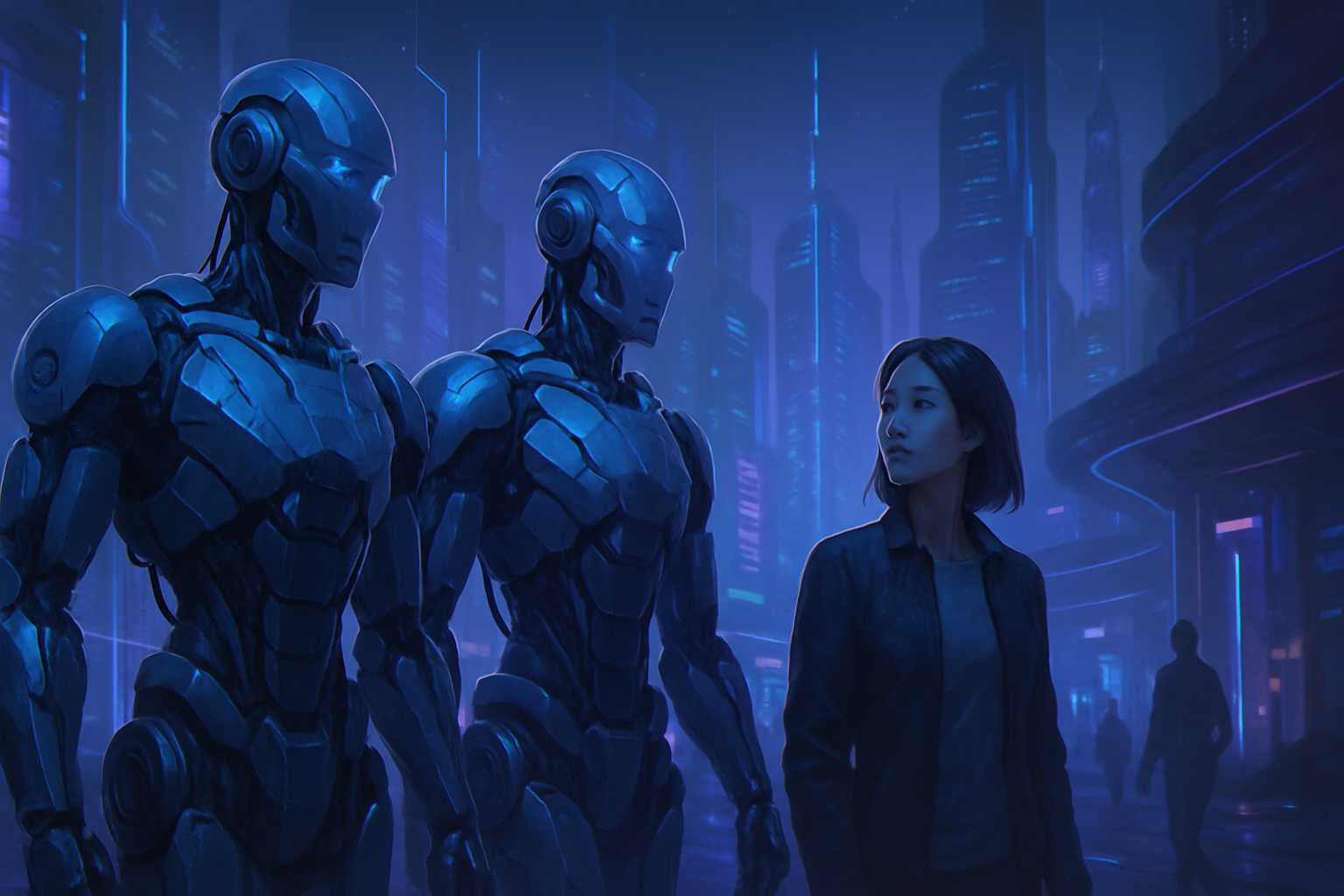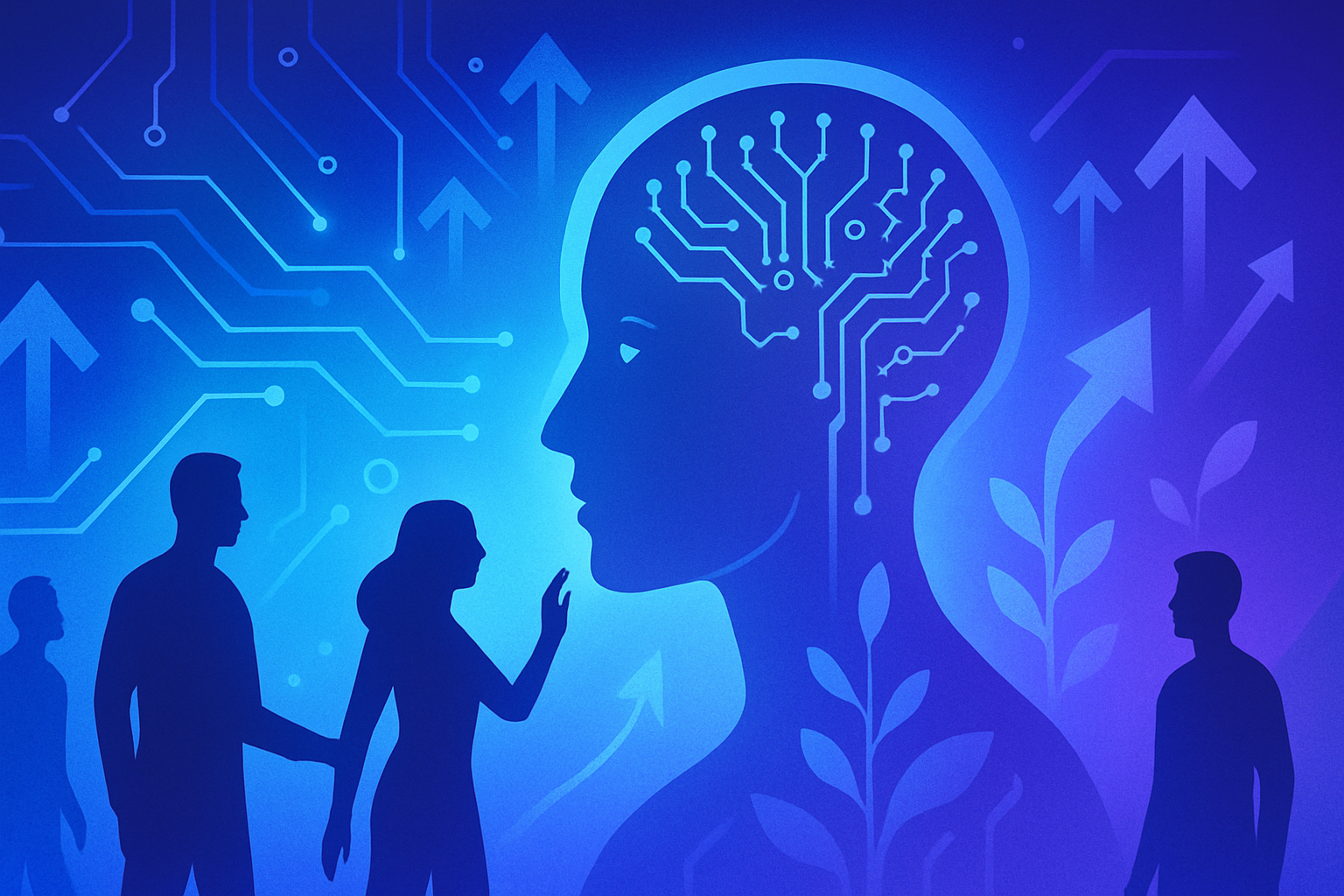The world of animal technology is evolving rapidly, blending innovation and inherent risks. The emergence of sophisticated devices promises to transform the relationship between humans and their pets. However, the line between improving care and technological overreach remains delicate.
_Smart collars offer advanced features, but raise questions about safety._ Connected devices also challenge our ethical responsibilities. A commendable ambition, but one that requires deep reflection and increased vigilance.
Technological innovations for animal welfare
Technological advancements are revolutionizing the pet-tech field, offering innovative tools to enhance the lives of companion animals. Practical inventions, such as smart collars and monitoring devices, enable tracking of health and behavior with unmatched precision. The integration of these devices into the daily lives of owners strengthens the human-animal connection.
Home automation and animal welfare
Home automation is making its way into the world of companion animals, optimizing their comfort and safety. From self-cleaning litter boxes to connected food dispensers, these devices allow for the daily care to be more autonomous. They also enable owners to manage their pets’ needs remotely, thus ensuring their well-being even during prolonged absences.
Advancements in veterinary telemedicine
Modern technologies facilitate access to veterinary care through telemedicine. This practice allows owners to consult veterinarians without traveling, making medical advice more accessible and quicker. The development of dedicated applications offers solutions to monitor the health of animals, ensuring preventive interventions.
Risks and precautions to take
Despite these innovations, technology brings about ethical and security concerns. Worries regarding data protection and user privacy surface, particularly with connected devices. Increased vigilance is necessary to protect sensitive information about animals and their environment.
Enhanced experiences between humans and animals
Technological evolution also fosters new forms of interaction between humans and their companions. Artificial intelligence devices allow for the analysis of animal behaviors, contributing to a better understanding of their needs. For example, advanced systems are capable of reading animal emotions, thus increasing empathy and compatibility in the relationship between humans and animals.
Revolutionary innovations at CES 2024
The CES 2024 recently showcased captivating innovations for the animal sector. Among the most notable, the use of AI to analyze and interpret animal behavior has garnered significant interest. Futuristic technologies promise to improve the quality of life for animals while strengthening emotional bonds with their owners.
Advanced communications with animals
Ongoing projects aim to facilitate communication between humans and their pets. These devices, integrating sensors and communication systems, aspire to translate certain animal behaviors into messages understandable by their owners. This approach opens the door to a deeper understanding of animals’ needs and desires.
Innovations continue to evolve as well. The development of nature-inspired technologies and the study of animal behavior strengthen this dynamic. Researchers are tirelessly working to create products that meet pet owners’ expectations while respecting animal welfare.
The depths of AI are further shaping this data. The fusion of veterinary science and technology allows for a future where compassion and efficiency coexist harmoniously, promoting a more welcoming world for our faithful companions.
Frequently asked questions
What are the promising technologies for the welfare of companion animals?
The technologies include smart collars, self-cleaning litter boxes, and veterinary telemedicine devices that allow us to monitor our animals’ health remotely.
How can these technological innovations improve the quality of life for animals?
They offer solutions that increase animal welfare, such as health tracking systems and communication methods that strengthen the bond between the animal and its owner.
Is home automation really safe for companion animals?
While home automation offers numerous advantages, it is essential to ensure the safety of the devices to avoid exposing animals to potential risks.
What risks are associated with the use of technological devices for animals?
The main risks include excessive monitoring, privacy violations, and excessive reliance on technology, which can alter the traditional relationship between humans and animals.
How do I choose the best technologies for my pet?
It is advisable to analyze your pet’s specific needs, read reviews, and consult veterinarians before investing in a technological device.
Are new technological devices suitable for all breeds of animals?
Some devices may be suitable for specific breeds and require customization based on the size and behavior of the animal. Always check compatibility.
What is the importance of communication between the animal and owner through technology?
It is crucial for better understanding the animal’s needs and strengthening the emotional bond, making technology beneficial beyond its practical functionalities.
How can technology revolutionize veterinary follow-up for animals?
Technology facilitates access to veterinary care remotely, allowing for quick management of emergencies and health monitoring without frequent travel.
What trends are emerging in the field of pet-tech?
Trends such as artificial intelligence for animal communication, health apps, and connected devices are expanding rapidly.






